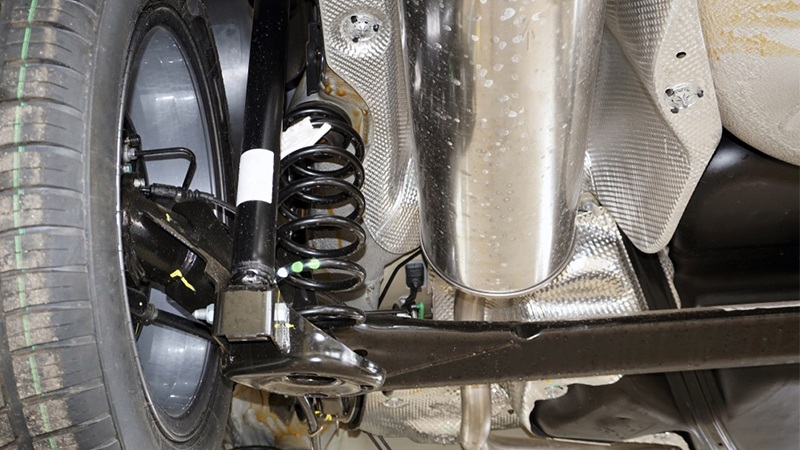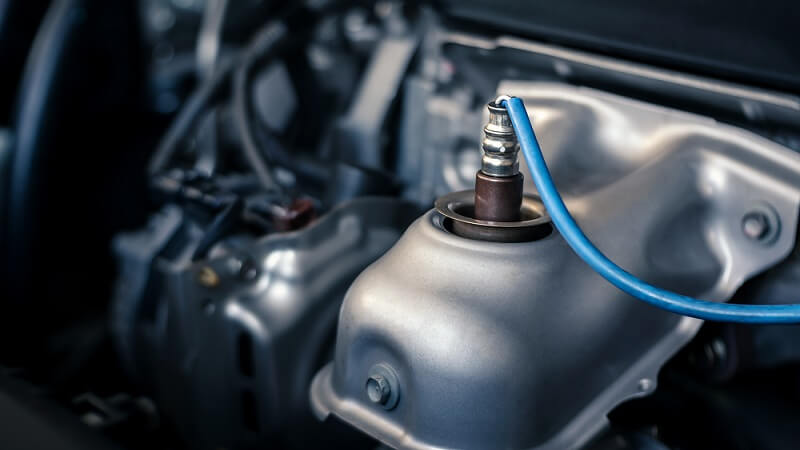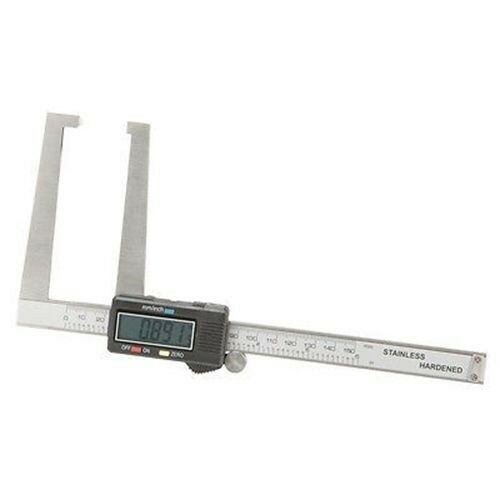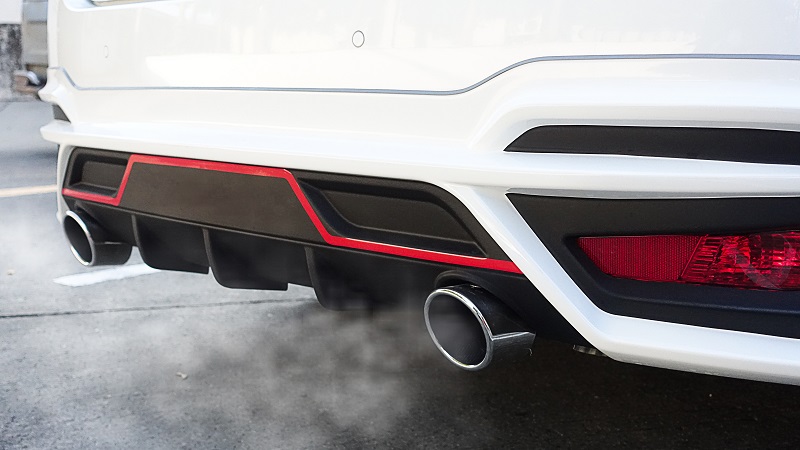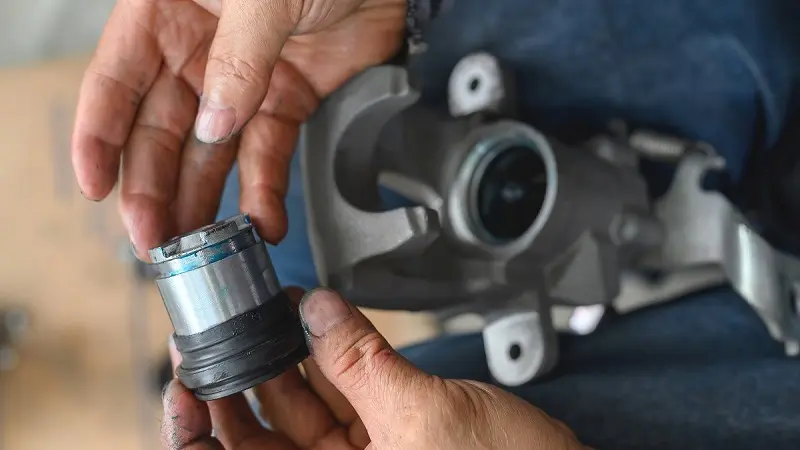Suspension springs play a huge role in the safe handling and ride comfort of your vehicle. Automotive springs and torsion bars provide the recoil necessary to bounce back after suspension components move up and down over uneven road surfaces. They last long as they are made of very quality materials, but some drivers even if the suspension parts are in good condition, prefer to upgrade them for those that provide better performance and more comfort.
In this article, we will talk about three main suspension types such as coil springs, leaf springs, and torsion bars. About the functions, advantages, and disadvantages of these suspension springs, and how they differ from one another.
Coil Springs

Coil springs are made of spring steel. Most modern passenger cars, pickups, and SUVs are equipped at all four wheels with coil springs. On MacPherson type struts, a coil spring is mounted around a shock absorber, both of which are attached to the strut itself. On other vehicles without struts, coil springs and shock absorbers are mounted separately.
Coil springs can be firm, soft, or have a spring rate that varies. As a pound-per-square-inch measurement, spring rate is the force required to compress a coil spring 1 inch. The higher the per-inch spring rate, the stiffer the spring. Spring rate is also used to describe whether a spring has the same rate of compression at all points during its travel (“linear”)
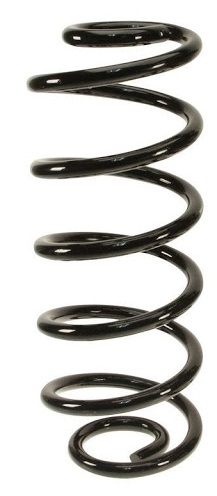
gets progressively stiffer the more it compresses (“progressive”)

or is specially configured to change characteristics abruptly (“dual rate”).
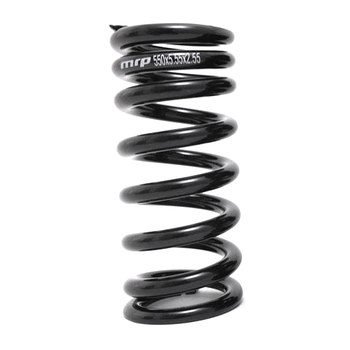
Advantages of Coil Springs
Coil springs allow a comfortable ride when the vehicle is unloaded. For performance vehicles, variable rate springs allow better absorption of bumps during regular street use, then become stiffer around turns to reduce body roll during aggressive driving. Coil springs are an excellent choice for drivers on rutted and rocky off-road trails, which allow up and down wheel travel.
Disadvantages of Coil Springs
Coil springs are not good if you are carrying heavy loads. With a heavyweight, the spring rate becomes stiffer to increase stability without the ill effects of bouncing, and it prevents the ride height from dropping significantly. Today, most of the coil springs come in a lighter and thinner design to be able to carry more substantial stuff. But these types of springs can get easily cracked, damaged, and corroded under pressure. But some vehicle manufacturers apply durable surface coatings around the springs against corrosion and to prevent other parts from damage.
How do I know if the coil springs are worn

The main sign of broken springs is when the front or rear of a vehicle sags side-to-side, especially the heavier side. So, if your vehicle droops at the front or rear, then it means that the springs are damaged. Or, if you notice a difference in ride height between the left and right sides of the vehicle, the problem can be in the coil spring. The worn coil spring is more noticeable when even a small amount of weight is added. Sometimes, you may hear some kind of noise if the coil springs are broken. Before installing new coil springs, always check on the internet, or ask your mechanic for the proper height specifications for your car. Improper ride height can lead to problems with wheel alignment and tire wear.
Leaf Springs

Leaf springs are an ancient type of suspension springs, have been used from the earliest horse-driven carriages traveling the countryside. Leaf spring consists of several leaves, made of steel plates, of increasing lengths from the center. All the leaves are clamped by a center bolt at the center and side almost at the sides so that the leaves are in position. The main leaf is the longer one having bent ends, called the spring eyes. The spring eye is connected to the frame by a shackle. The center portion of the spring is connected to the front axle by a U-bolt.
Multi-Leaf Springs
A single leaf spring also called a “mono leaf” is usually used on small, lightweight cars. “Multiple leaf” spring has several leaves laid on top of each other. Both of these leaf springs have the main leaf which has bent ends with round bushings, called the spring eyes.
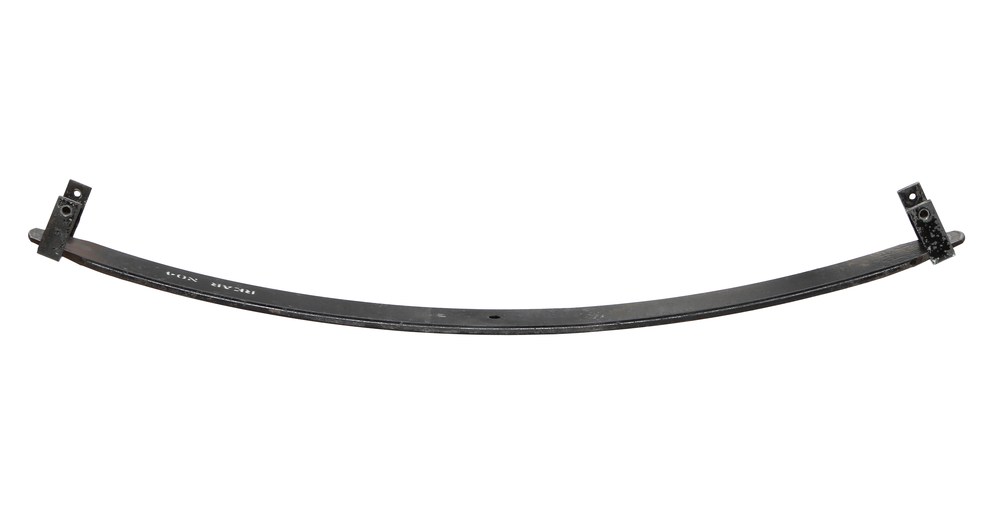
On multi-leaf setups where additional leaves become progressively shorter in length, the longest leaf serves as the main attachment leaf. While the front eye of the main leaf is typically mounted directly to the vehicle chassis, shackles are often used at the rear to allow flex as the leaf springs elongates under compression. One end of the shackle is attached to the vehicle chassis, the other to the rear eye.

Leaf springs are a perfect choice for pickups, SUVs, and larger trucks not equipped with air suspension, most commonly found on solid axles. On older cars, leaf springs are mounted parallel with the chassis rails from front-to-rear.
Advantages of Leaf Springs
Leaf springs are very simple in setup. They have less moving parts connected to them. When a lot of weight is being carried, leaf springs spread the load out more evenly across the vehicle’s chassis than coil springs or torsion bars. Also, the friction produced between multiple leaves as they slide helps damp the natural up-down rebounding effect of springs – making the ride steadier and reducing the work instead of shock absorbers.
Disadvantages of Leaf Springs
The main disadvantage with leaf springs is an axle wind-up. As torque transferring from the rear axle through the leaf spring contorts the front half of the spring, it twists then untwists, creating a back-and-forth ricochet of energy between the front and rear of the spring. This is known as “wheel hop” because it causes tires to hop up and down and lose traction.
Because leaf springs are bolted directly to rear axles, the torque generated during hard acceleration or braking can cause axle wind-up which creates vibration, rear-end squat, and nose-diving.
How do I know if the leaf springs are worn
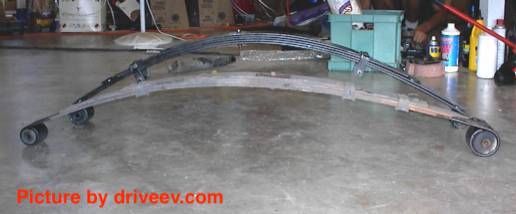
Same as coil springs, if the leaf springs get damaged, they lose their resilience, they begin to sag, and the vehicle ride height drops. It is also good to measure ride height and compare specifications if you notice any issues.
Broken leaf springs can get cracked and corroded, and the leaf can break in two, with a section. If the bushings in spring eyelets dry up, the leaf springs also lose their efficiency.
Torsion Bars

A torsion bar is also used in an independent suspension system. One end of the bar is connected to the frame, and the other end is connected to the wheel arm and supported in the bearing. The end of the wheel arm is connected to the wheel hub. When the wheel hits a bump, it starts vibrating up and down, thus a torque on the torsion bar starts acting as a spring.
Torsion bar differs with its thickness, overall diameter, length, and the material, usually steel alloy.
Advantages of Torsion Bars
Torsion bars take less space, and the vehicle owner can set it to his taste, so the ride height can easily be adjusted. Adjusting torsion bars to raise the ride height when the leaf started to wear will extend their lifespan, and it can prevent alignment and tire wear.
Disadvantages of Torsion Bars
As the torsion bars are mounted low, they can get bent, cracked by speed bumps, debris in the road.
How do I know if the torsion bars are worn
Sagging ride height is the main sign of damaged torsion bars. Most torsion bars come with a rubber mount, if this rubber mount gets dry up and crumble, you can hear metal-on-metal noise while driving.
Replacing Coil Springs, Leaf Springs and Torsion Bars
It is essential to replace worn out suspension springs, whether you use coil springs, leaf springs, or torsion bars. New springs or torsion bar will bring you better performance and improvement.
If you prefer a performance option and you already set up bigger wheels, tires, shocks, and other suspension parts in your vehicle, then it is necessary to upgrade your springs too.
So, what type of suspension springs you need for your vehicle, you decide. Everything depends on your preferences, springs, and torsions specifications. Just follow our guide above!


